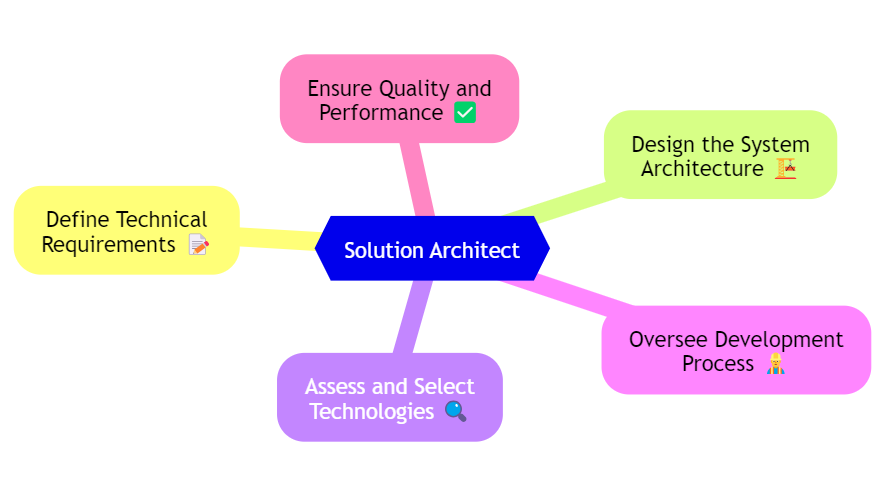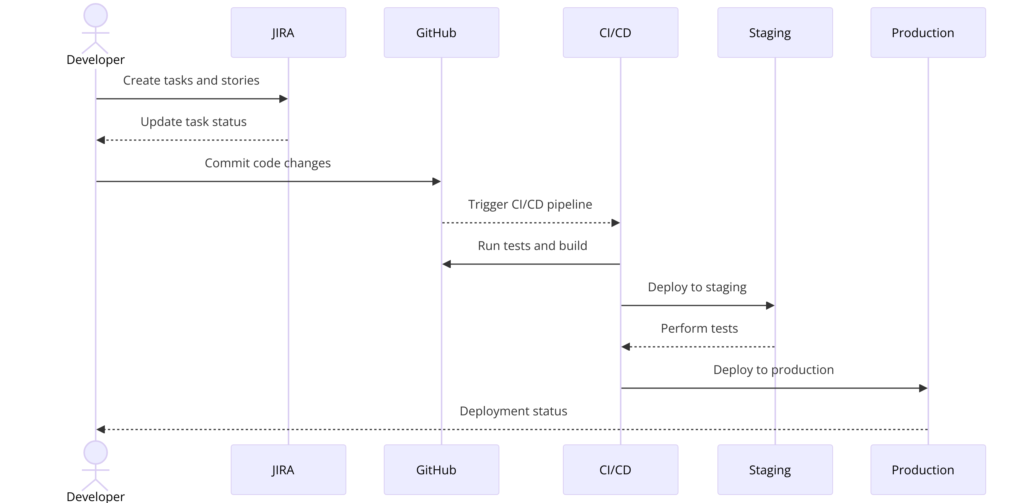
Creating a successful software product involves many crucial roles, and one of the most pivotal is the Solution Architect. They are the bridge between business requirements and technical implementation, ensuring that the final product meets both functional needs and quality standards. Here are the five major tasks performed by a Solution Architect that are essential for the success of any software product.
Requirement Analysis and Technical Specifications
A Solution Architect collaborates closely with stakeholders, including business leaders, project managers, and end-users, to gather and understand the business requirements of the software product. They delve into the specifics of what the business needs to achieve, identifying key functionalities, performance requirements, and user expectations. This detailed understanding is then translated into comprehensive technical specifications and architectural blueprints. These documents serve as a foundational guide for the development team, ensuring that the end product aligns with the initial business objectives and technical requirements.
Designing the Architecture
Designing the architecture is a critical task where the Solution Architect develops both high-level and detailed architectural designs for the software product. They create architecture diagrams and documentation that outline the system’s structure, components, and their interactions. This architectural blueprint acts as a roadmap for developers, providing clear guidance on how to build and integrate various parts of the system. The architect ensures that the design is scalable, efficient, and aligns with the business goals and technical standards, laying a strong foundation for the software’s development and future evolution.
Technology Selection and Evaluation
A key responsibility of the Solution Architect is to evaluate and select the appropriate technologies, platforms, and tools for the software product. This involves thorough research and analysis of various technology options, considering factors such as cost, scalability, performance, and ease of integration. The architect ensures that the chosen technologies not only meet the current requirements but are also adaptable to future needs. By making informed decisions on technology selection, the architect helps optimize the product’s efficiency and sustainability, ensuring it remains competitive and viable over time.
System Integration
System integration is another crucial task where the Solution Architect designs strategies for integrating various systems and components within the software product. They ensure that different parts of the system can communicate and exchange data seamlessly, maintaining consistency and integrity throughout. This involves designing and implementing APIs, middleware, and other integration tools that facilitate smooth interaction between disparate systems. Effective system integration is essential for creating a cohesive product that delivers a unified user experience and operates efficiently across different environments.
Ensuring Security and Compliance
Ensuring the security and compliance of the software product is a paramount responsibility for the Solution Architect. They incorporate security best practices into the design, implementing measures such as data encryption, secure authentication, and access controls to protect against threats and vulnerabilities. Additionally, the architect ensures that the software complies with relevant industry regulations and standards, such as GDPR, HIPAA, or PCI DSS. By prioritizing security and compliance, the Solution Architect helps build a trustworthy and legally compliant product, safeguarding both the business and its users.

